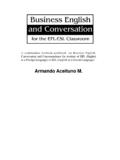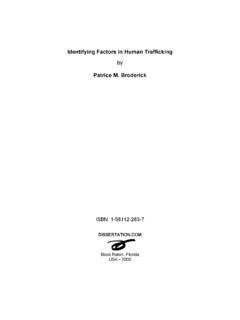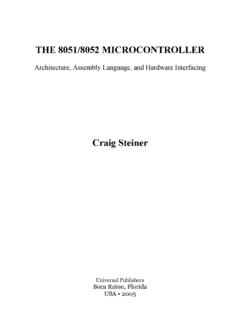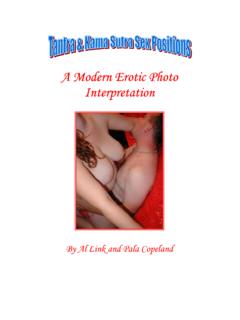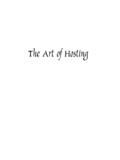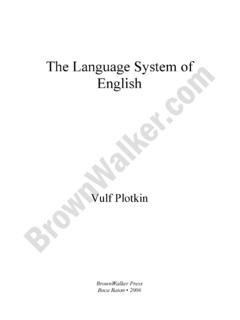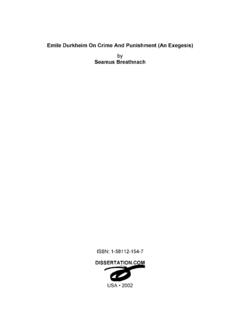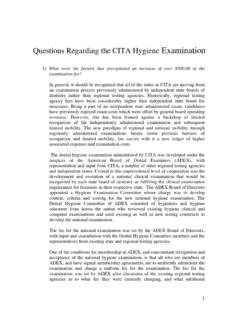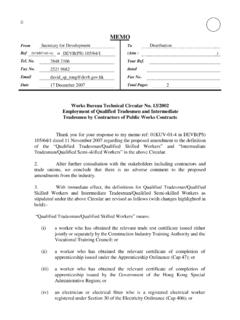Transcription of AN INVESTIGATION OF COMMODITY THEORY AND ITS …
1 AN INVESTIGATION OF COMMODITY THEORY . AND ITS APPLICATION TO CRITICAL MEDIA STUDIES. by Jeffrey R. Young ISBN: 0-9658564-0-2. 1997.. AN INVESTIGATION OF COMMODITY THEORY . AND ITS APPLICATION TO CRITICAL MEDIA STUDIES. by Jeffrey R. Young A Thesis Submitted to the Faculty of The Schmidt College of Arts and Humanities in Partial Fulfillment of the Requirements for the Degree of Master of Arts Florida Atlantic University Boca Raton, Florida April 1996. Copyright 1996 by Jeffrey R. Young ii AN INVESTIGATION OF COMMODITY THEORY .
2 AND ITS APPLICATION TO CRITICAL MEDIA STUDIES. by Jeffrey R. Young This thesis was prepared under the direction of the candidate's thesis advisor, Dr. Mike Budd, Department of Communication, and has been approved by the members of his supervisory committee. It was submitted to the faculty of The Schmidt College of Arts and Humanities and was accepted in partial fulfillment of the requirements for the degree of Master of Arts in Communication. iii ABSTRACT. Author: Jeffrey R. Young Title: An INVESTIGATION of COMMODITY THEORY and its Application to Critical Media Studies Institution: Florida Atlantic University Advisor: Dr.
3 Mike Budd Degree: Master of Arts Year: 1996. The THEORY of the COMMODITY is used by critical theo- rists to explain the general organization and development of capitalist society. It was originally proposed by Marx, and subsequently developed by Luk cs and later Adorno and the Frankfurt School. Media scholars such as Dallas Smythe, Judith Williamson, Robert Goldman and Eileen Meehan have identified the COMMODITY structure in several forms through- out the process of mass communication. Although COMMODITY THEORY is not always articulated as a part of critical studies, it is useful for understanding the process of mass communication under capitalism.
4 By investigating the dynam- ics of market processes and cultural innovation, this paper shows where the THEORY of the COMMODITY fits into Critical Media Studies and suggests where some productive applica- tions may be found. iv TABLE OF CONTENTS. Chapter Page I. INTRODUCTION .. 1. II. THE INTELLECTUAL GENESIS AND DEVELOPMENT. OF COMMODITY THEORY .. 8. Use Value and Exchange Value Estranged Labor The Fetishism of Commodities Georg Luk cs and Social Reification Theodor Adorno and the Frankfurt School III.
5 APPLICATIONS OF COMMODITY THEORY . TO CRITICAL MEDIA STUDIES .. 39. The Infrastructure of the Media Commercial Advertising The Semiotics of Advertising A Model of the COMMODITY Structure in the Media IV. THE TENSION BETWEEN. ECONOMIC COMMODITIES AND CULTURAL PRODUCTS .. 68. Contemporary Effects of Economic Commodification The Extremes of Commodification The Dynamics of Market Processes and Cultural Innovation V. SOME BENEFITS & LIMITATIONS OF COMMODITY THEORY . 84. The Economic Approach to Social THEORY A Model for Using COMMODITY THEORY VI.
6 CONCLUSION ..101. SELECTED BIBLIOGRAPHY ..106. Chapter I. INTRODUCTION. The purpose of this research project is to identify, articulate and extend the THEORY regarding the mass media's role in the social and economic process of commodification so it can be used more productively as a tool for critical media analysis. It proceeds by organizing and analyzing the body of literature centered around the core of Karl Marx's formulation of COMMODITY THEORY , known as " COMMODITY fetish- ism." This THEORY which Marx originally employed to explain and analyze capitalist economic relations of production has since been developed and used by critical social theorists to address the social and cultural effects of mass communi- cation.
7 Unlike "administrative" communication studies, Critical Studies diverges from the traditional undergraduate Communi- cation curriculum designed to prepare individuals to work in the communication industry as employees of media companies. Rather than studying communication phenomena to improve its 1. efficiency and persuasiveness, the focus of Critical Media Studies is to produce constructive criticism of the media establishment in an effort to improve its structure and policies. Consequently, Critical Media Studies diverges from administrative studies, not necessarily in its subject, but in its purpose.
8 COMMODITY THEORY provides a framework for approaching Critical Media Studies. It posits an explanation for the basic social motivations of 20th century capitalism. It is more than just an economic explanation of society; it is a framework for understanding social exchange from a variety of different perspectives under capitalism. COMMODITY relations are a significant element of social control in capitalist society, and the power of the media as a means of entertaining and informing people promotes these relations.
9 The mass media are recognized by large corpora- tions and national governments as an effective means of social and political control. "In a fundamental sense, control over the means of informing people is the basis for political power."1 The aim of Critical Media Studies is to find the structures and mechanisms of the mass media that affect the values and behavior of society. This involves recognizing that the media institution involves a material 1. Dallas Smythe, "A Marxist THEORY of Communications, "Counterclockwise: Perspectives on Communication, ed.
10 Thomas Guback (Boulder, CO: Westview Press, 1994), p. 254. 2. infrastructure, an economic system of organization and a specially adapted apparatus for symbolic presentation. Consequently, it is shaped by material, economic and cultur- al forces. Critical Media Studies has traditionally been ap- proached from two perspectives: political economy and Cultural Studies. Each perspective reflects the academic tradition from which it evolved. Political economy is pre- dominantly explanatory, proceeding from the general THEORY to the particular phenomena in the tradition of the social sciences from which it developed.
